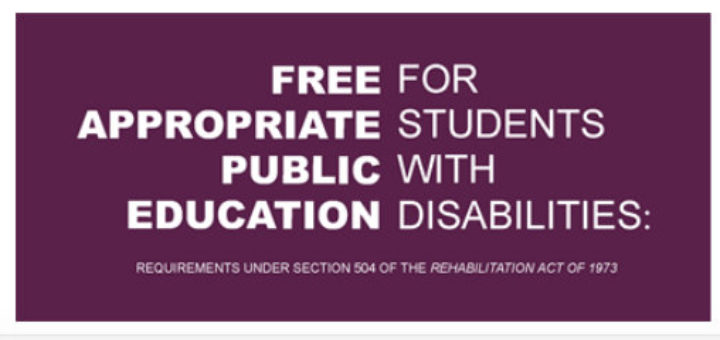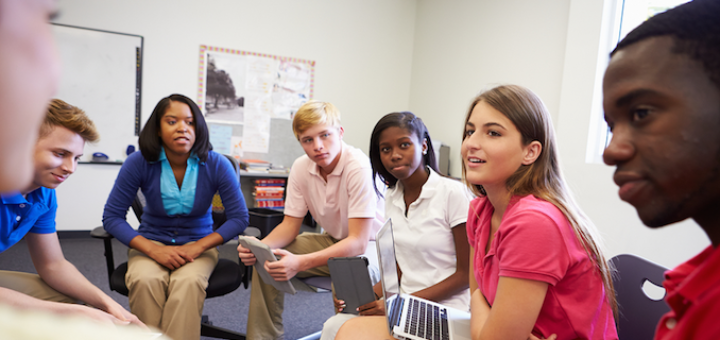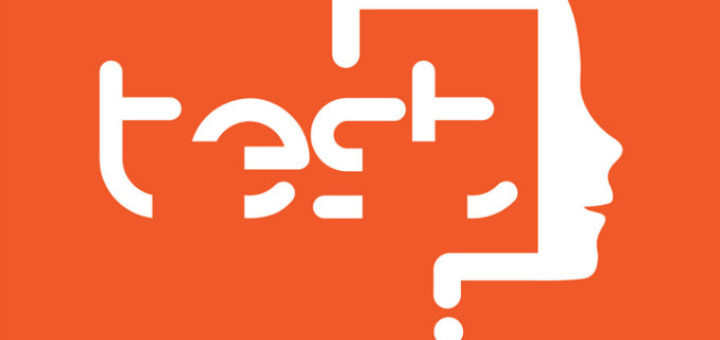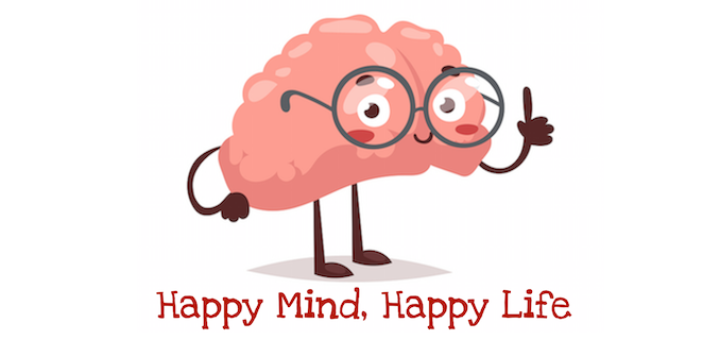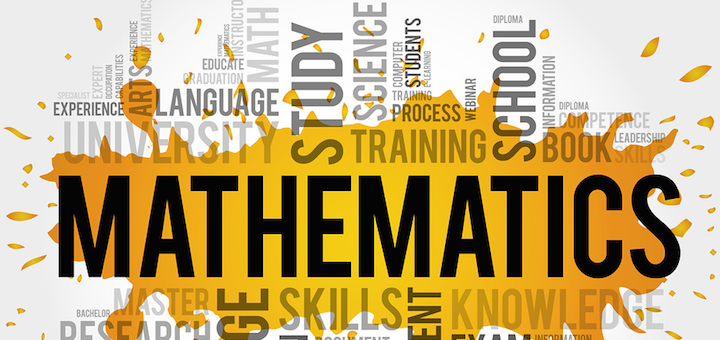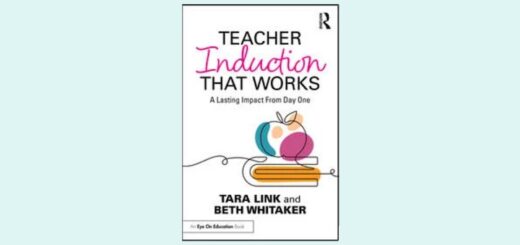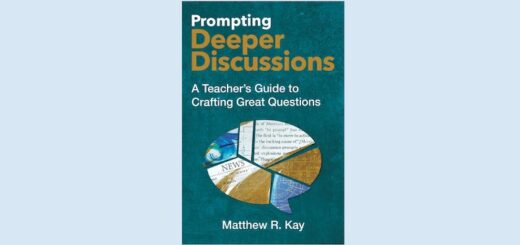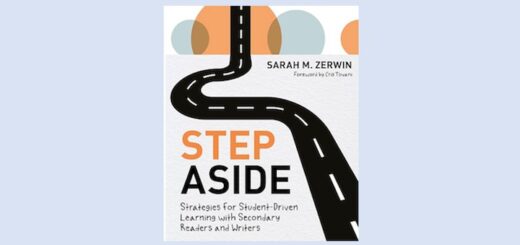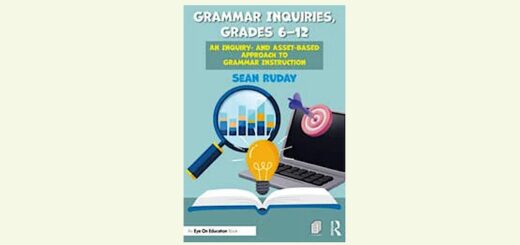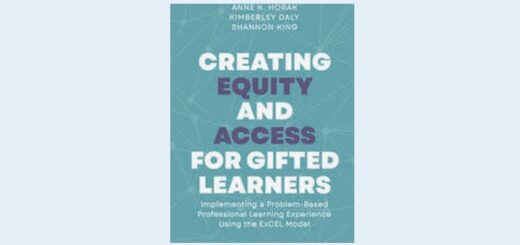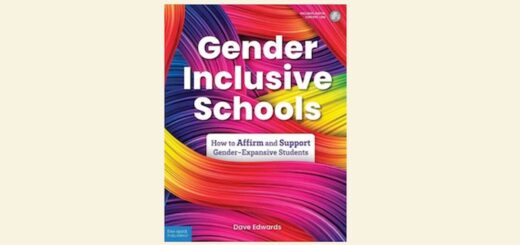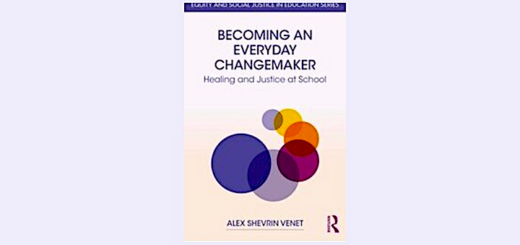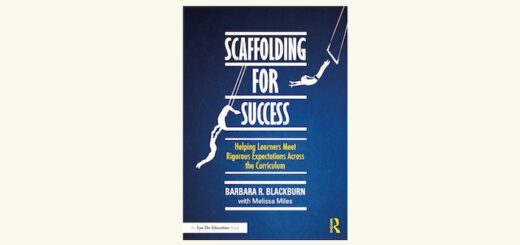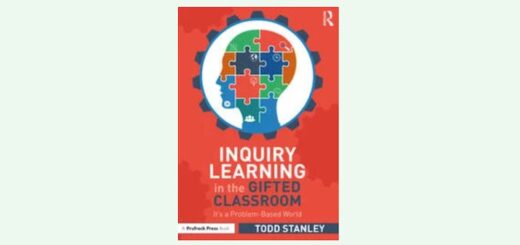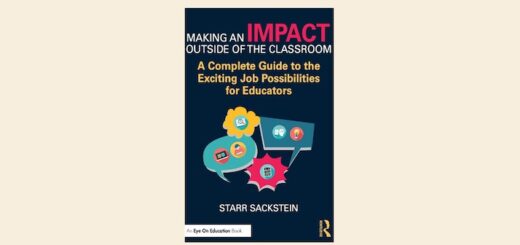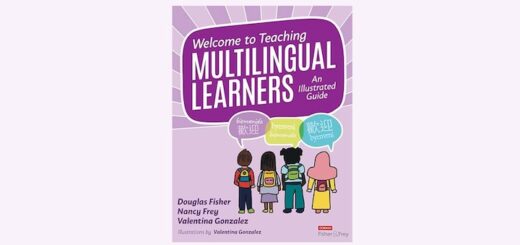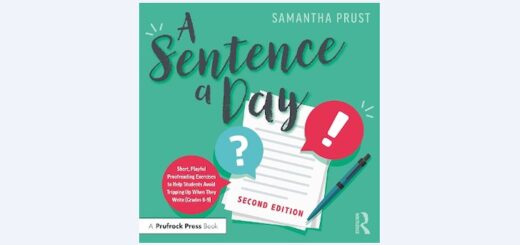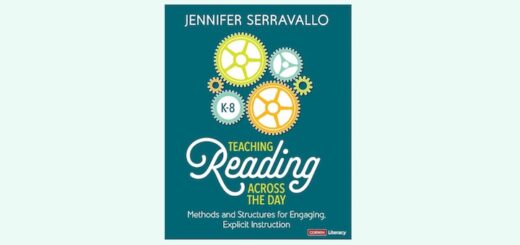Teaching and learning in grades 4-8
Anna Roseboro’s Teaching Writing in the Middle School can serve as a practical handbook to support the work of beginning English Language Arts teachers. Literacy coach Cynthia McKenzie says those new teachers will find many helpful ideas in the year-long guide.
Noting the recent Supreme Court decision affirming high expectations and educational opportunities for all students with disabilities, Elizabeth Stein looks at what’s needed in the classroom to ensure an enduring commitment to inclusion continues to move forward.
Bit by bit, during each Friday’s 43-minute current events session, Sarah Cooper’s eighth graders come closer to a democratic classroom culture that students really own – through their ideas, through their questions, through their wondering how the world works.
Without turning his classroom into “test prep central,” teacher Kevin Hodgson is working to anticipate what his state’s evolving standardized tests will contain and how best to help his sixth graders prepare themselves with plenty of reading and writing strategies.
Integrating performance-boosting Social Emotional Learning requires educators to broaden school goals beyond pure academics. Debbie Silver shares four tips for teaching “Thrive” skills that lay the foundation for healthy, centered, and successful young adults.
Douglas Reeves and actor son Brooks Reeves invite K-12 educators to help students experience creativity by incorporating experimentation, evaluation, and follow-through in the classroom. Pre-service teacher Sophie Cameron finds much of value in The Myth of the Muse.
Curious about the “Cart of good and evil” (Tip #153)? Retired principal Mary Thompson finds lots to like in Francy Fleck’s tips for succeeding in the challenging position of school leader. Quotations and research support the tips, and Thompson offers a rich sample.
State math consultant Sara Schafer is often asked for rich math projects at the elementary school level. While some of the projects in 10 Performance-Based Projects show promise, the lack of mathematically robust content in the grades 3-5 book disappoints her.
Resilience is the ability to effectively handle pressure and to overcome failure. It’s a characteristic that many of our struggling students do not bring to the classroom, yet it is one that we can teach. Barbara Blackburn shares five strategies that can help.
When spring fever rises and summer still seems far away, newbie and veteran teachers alike may feel they’re losing their focus and their students are drifting. Check out Elyse Scott’s five regrouping and re-energizing strategies and “do what’s right for the kids.”


